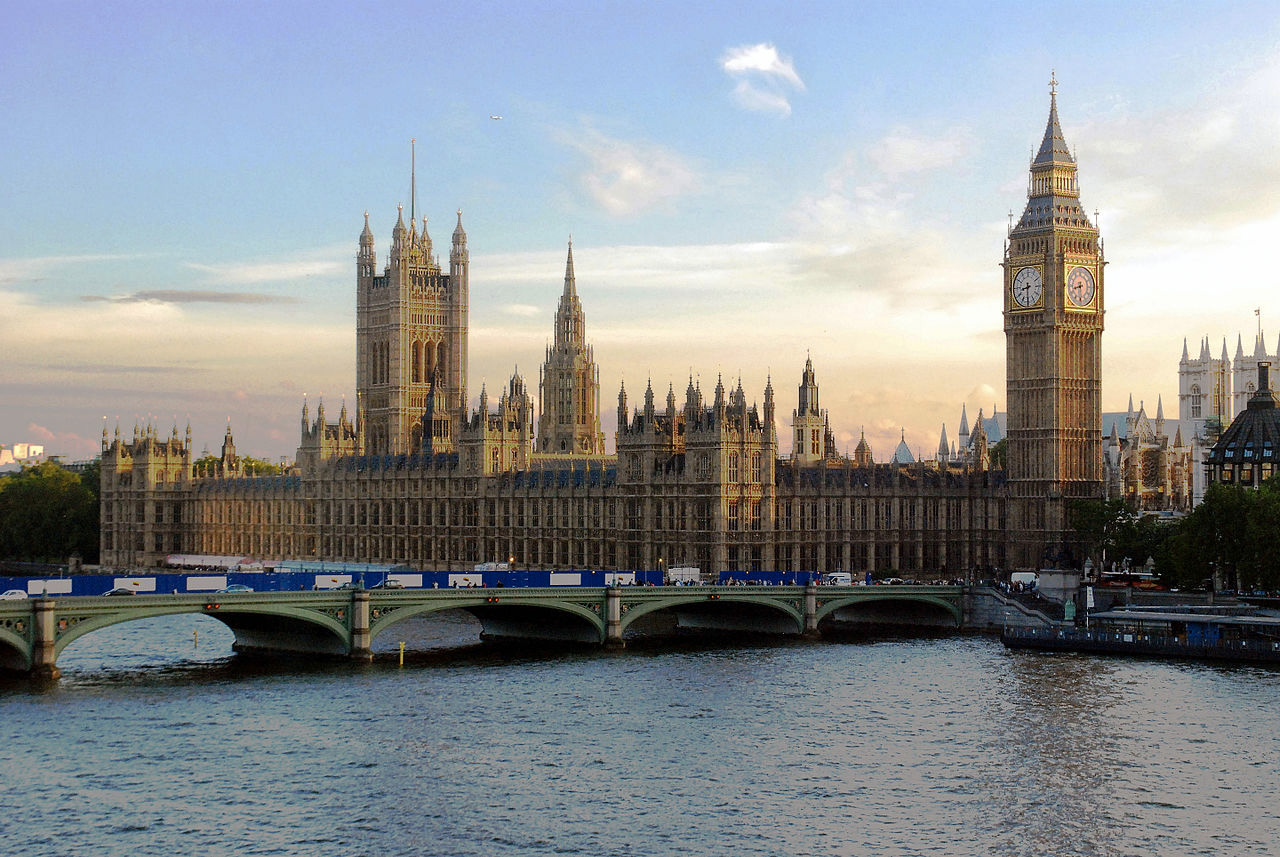
Credit: Foster + Partners
Norman Foster has unveiled his pop-up parliament design – conceived as a temporary replacement for the decaying Palace of Westminster and inspired by the Crystal Palace.
The bomb-proof glass and steel structure would be located just 400 metres away from the historic neo-Gothic building designed by architects Charles Barry and Augustus Pugin, which is in dire need of repair.

Leaking pipes, asbestos, filthy stonework and rat-infested rooms – not to mention the building’s tendency to catch fire – all need to be addressed, and the UK government plans to vacate the building in 2025 to do so.
Foster’s proposal includes offices for all 650 members of parliament and a replica of the House of Commons debating chamber. He’s compared the design to the similarly glass-encased Crystal Palace, saying it can be built without leaving ‘permanent scars on the historic fabric of London’.
The £300m structure would be used for six years, while the Palace of Westminster’s £4bn restoration is completed. However, Foster’s design is up against a rival proposal by Allford Hall Monaghan Morris, which suggests repurposing Richmond House in Whitehall.
There are also some informal suggestions from other architects, including Gensler, which envisioned a floating parliament on the Thames.















